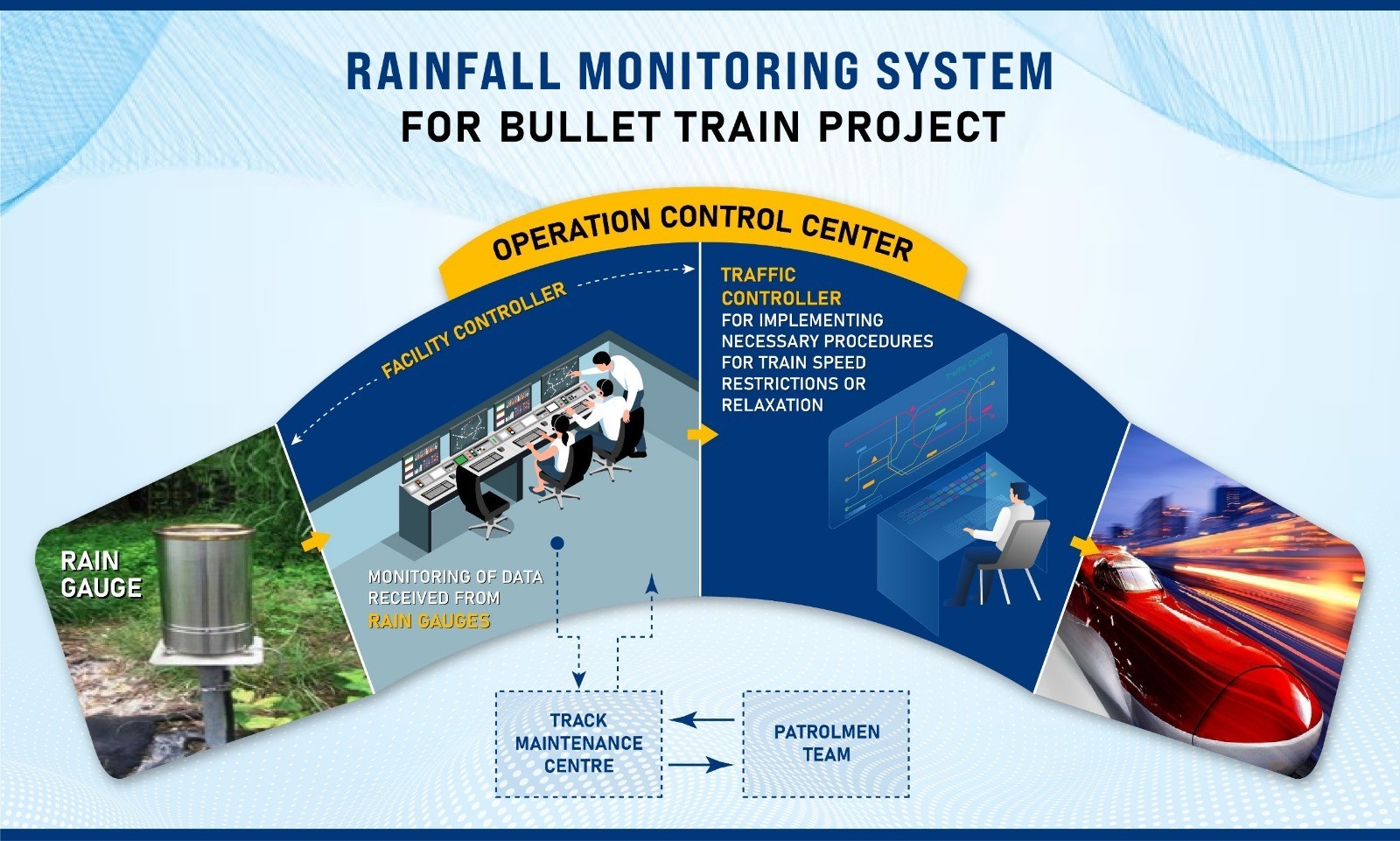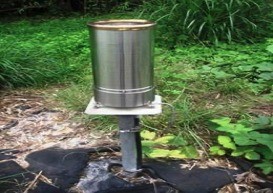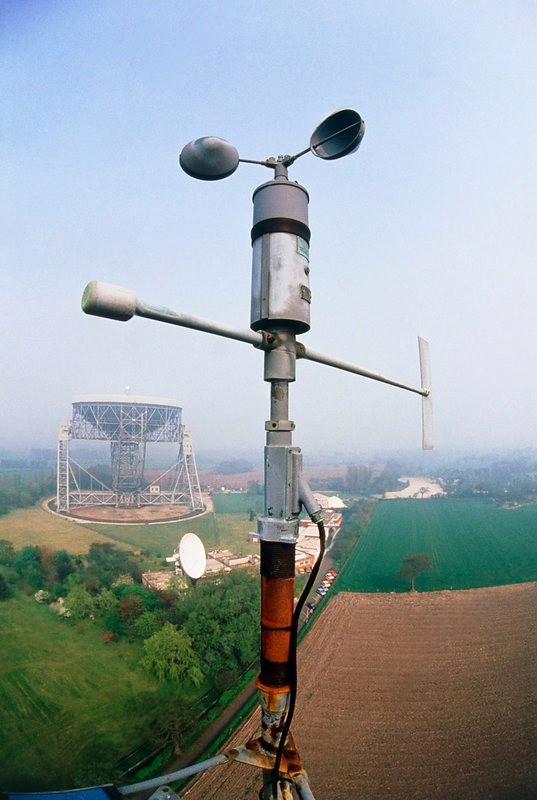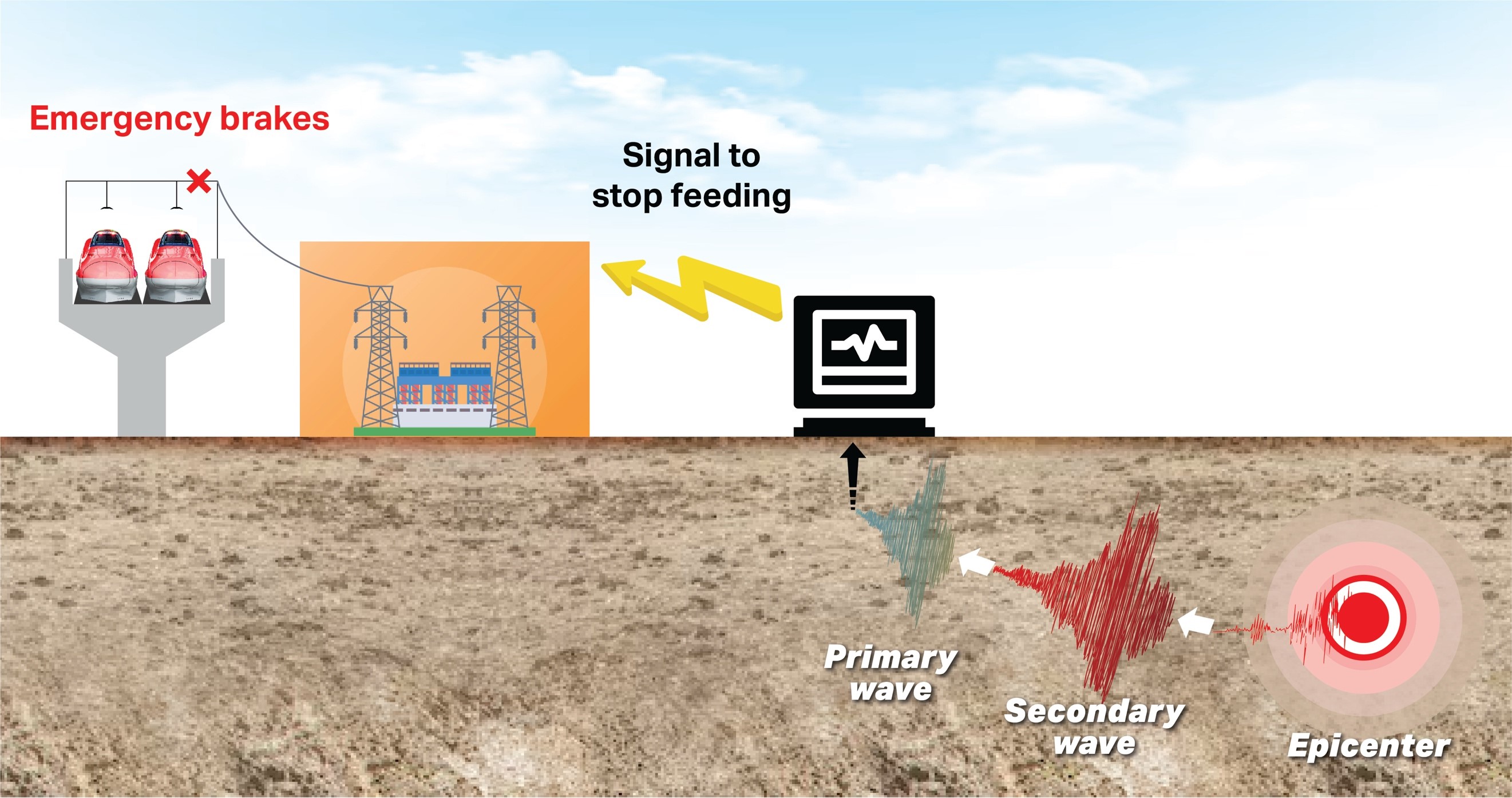Twenty-eight (28) seismometers will be installed for the Bullet Train project (Mumbai-Ahmedabad High-Speed Rail Corridor) to ensure the safety of passengers and critical infrastructure during earthquakes.
This Early Earthquake Detection System, based on Japanese Shinkansen technology, will detect earthquake-induced tremors through primary waves and enable an automatic power shutdown. Emergency brakes will be activated when the power shutdown is detected and the trains running in the affected area shall stop.
Out of the 28 seismometers, 22 will be installed along the alignment. Eight will be in Maharashtra—Mumbai, Thane, Virar, and Boisar—and fourteen will be in Gujarat—Vapi, Bilimora, Surat, Bharuch, Vadodara, Anand, Mahembadad, and Ahmedabad. Seismometers will be installed in Traction Sub-Stations and Switching Posts along the alignment.
The remaining six seismometers (termed as inland seismometers) will be installed in earthquake-prone areas—Kheda, Ratnagiri, Latur, and Pangri in Maharashtra, and Adesar and Old Bhuj in Gujarat. The areas near the MAHSR alignment, where earthquakes greater than 5.5 magnitudes have occurred in the past 100 years, were surveyed by Japanese experts. After a detailed survey and soil suitability study through a micro tremor test, the above sites were selected.
To ensure the safe operations of Bullet Train services, an automated Rainfall Monitoring System has been adopted. This system will provide real time data on the rainfall using rain gauges, equipped with advanced instrumentation system.
Each gauge contains a tripping cell that generates signal pulses in response to the collected rain volume. These pulses are transmitted via a signal communication line to the Facility Controller System at the Operation Control Centre (OCC), where they are meticulously displayed and monitored.
The system provides two critical measurement values:
- Hourly Rainfall: The amount of rainfall recorded in the last hour
- 24-Hour Rainfall: The cumulative rainfall over the past 24 hours
These measurements are crucial for making informed decisions regarding train operations, particularly in areas susceptible to heavy rainfall and its effects on earth structures and natural slopes.
Specific regulations will be enforced based on the rainfall data and threshold values type of earth structure and natural slopes for each section duly validated by patrolling teams activated through Maintenance Canters.
Six instrumented rain gauge stations are proposed to be installed along the Mumbai-Ahmedabad Bullet Train corridor, in Thane and Palghar districts, specifically near vulnerable earth structures, mountain tunnel entrance/exit and tunnel portals etc. Areas with significant cuttings and potential landslide risks will also be closely monitored. Rain gauge influence radius is nearly 10 km.

Rainfall Monitoring System for Bullet Train Project

Rain Gauge used for Rainfall Monitoring System
The Mumbai – Ahmedabad Bullet Train corridor will traverse through coastal regions in the western part of the country, where wind speeds are particularly concentrated in certain areas. These strong winds have the potential to impact train operations on the viaduct.
To address this concern, 14 locations (9 in Gujarat and 5 in Maharashtra) have been identified for the installation of Anemometers on the viaduct. These devices will specifically monitor wind speed, focusing on river bridges and areas prone to gusts (sudden & strong wind).
An Anemometer is a type of Disaster Prevention System designed to provide real-time wind speed data within the range of 0-252 Kmph, spanning 0 to 360 degrees.
If wind speeds range from 72 Kmph to 130 Kmph, train speeds will be adjusted accordingly.
The Operation Control Centre (OCC) will monitor wind speeds through the Anemometers installed at various locations.

Wind Speed Monitoring System



